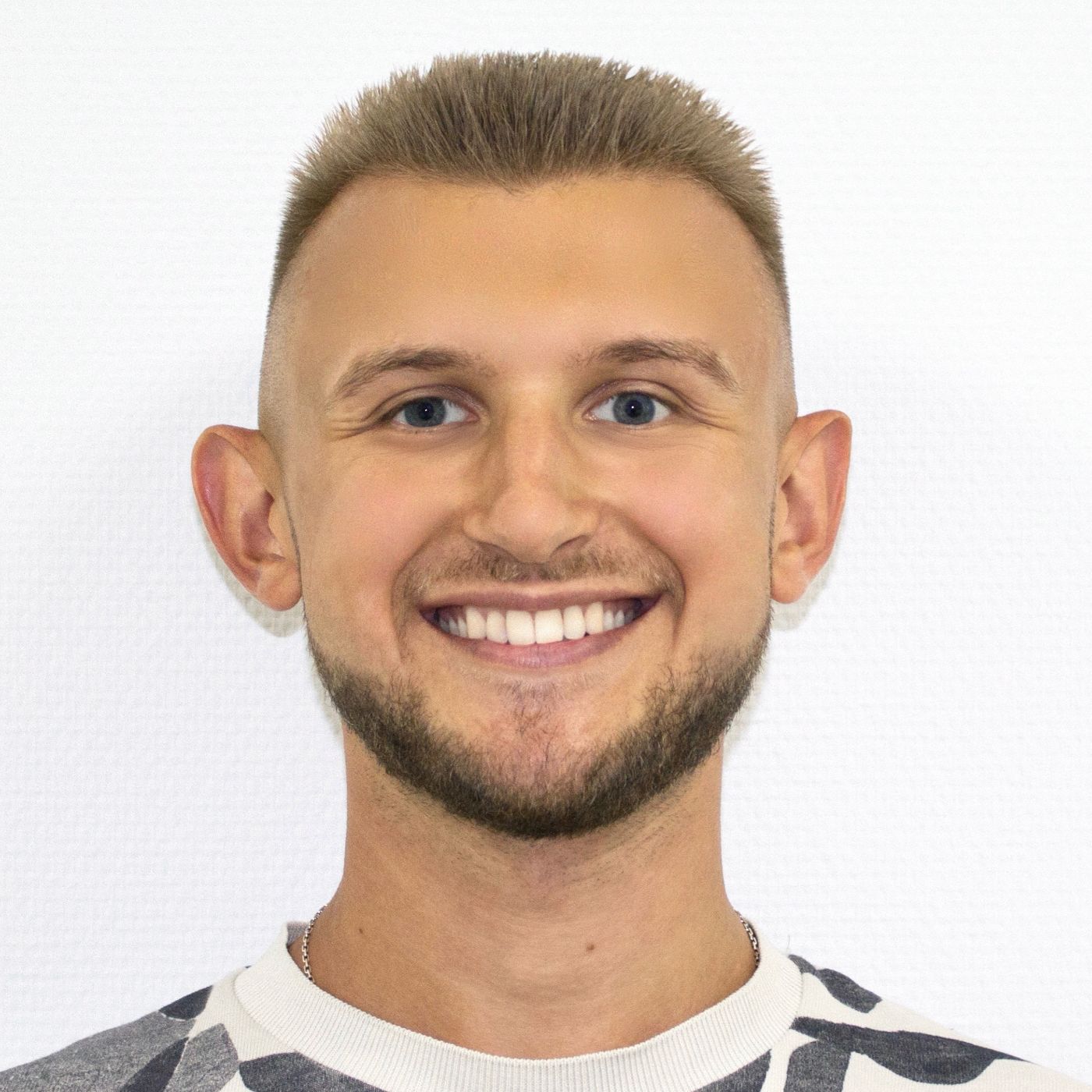
Architect, Lead Developer & Engineering Manager from Oxagile with 10+ years of experience. Mentor. IT Awards & Hackathons Jury
About Author
Architect, Lead Developer & Engineering Manager from Oxagile with 10+ years of experience. Mentor. IT Awards & Hackathons Jury